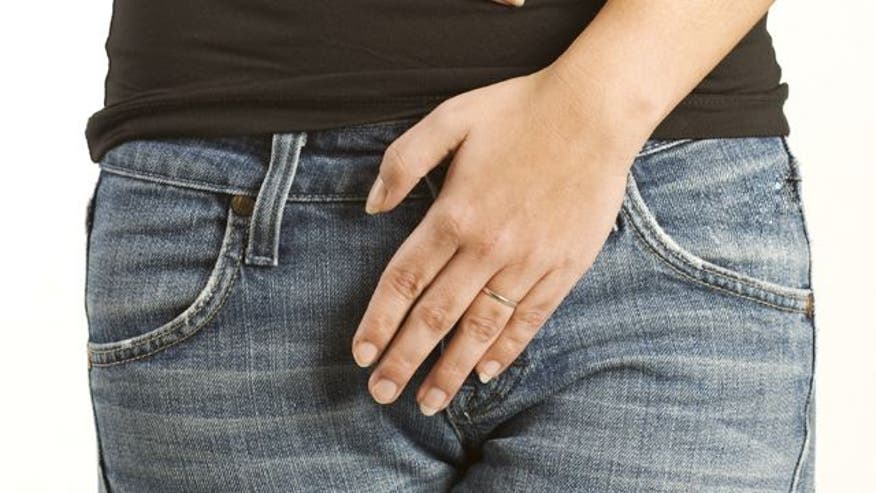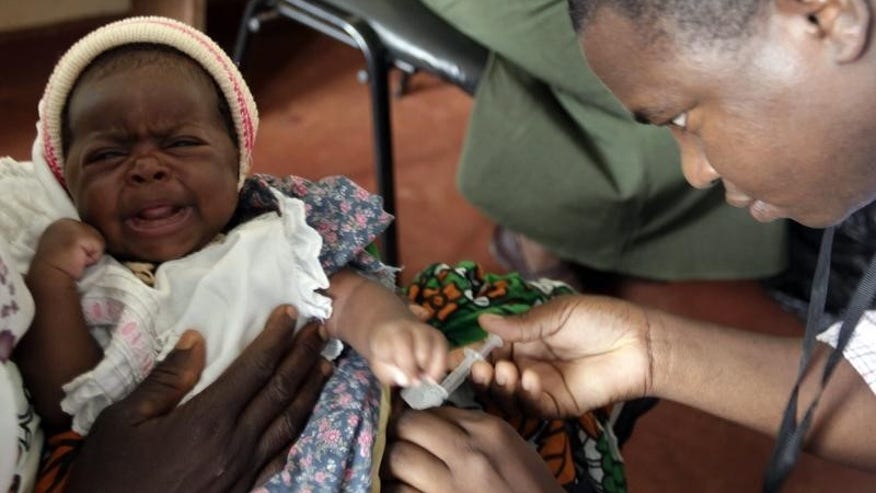Even though women now make up half of all U.S. medical school graduates, they remain much less likely than men to get research funding or become professors in medicine, two studies suggest.
Nationwide, men outnumbered women on U.S. medical school faculties by two to one last year, and men edged out women by almost five to one in achieving senior posts as full professors, according to one of the studies published in JAMA.
Women also appear to receive far less financial support for biomedical research early in their academic careers, a separate study of applications to one New England foundation suggests.
The studies serve as a reminder that the potential of women in medicine, like their peers in many other professions, has not been fully realized, Dr. Carrie Bylington of the University of Utah in Salt Lake City argues in an accompanying editorial. To represent the diverse communities they serve, academic medical centers should champion diversity among their students, faculty and staff, she writes.
"At least two major roadblocks lead to gender disparities in academic medicine," said Dr. Anupam Jena, a health policy researcher at Harvard Medical School in Boston.
"First, institutional resources, mentorship and biases generally favor men over women, hence making it harder for women in academic medicine to be as productive in research," Jena, lead author of the study of medical school faculties, said by email.











